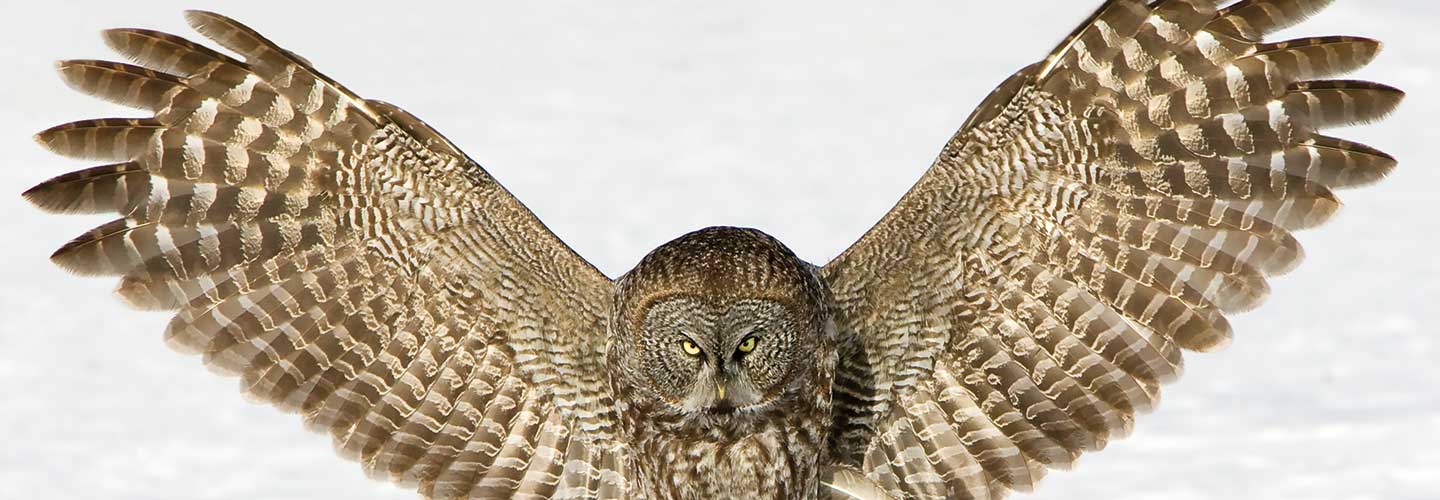A great gray owl’s hearing is so sensitive that it can hear a mouse hidden underneath a layer of snow or leaves. That’s because the bird has an amazing ability to detect sound waves.
Sound waves are vibrations that carry sound through air. To understand sound and sound waves, imagine clapping your hands. The air next to your hands moves outward very quickly. When these sound waves hit your ear, they vibrate against your eardrum. This makes tiny hairs inside your inner ear move. A signal is then sent to your brain to decode the vibrations as sound.
Animals with big ears tend to have better hearing. That’s because bigger ears catch a lot of sound waves. But owls don’t have big ears! The tufts of feathers you may see at the top of some owls’ heads look like ears, but they’re really just feathers.
Instead, owls rely on the shape of their face, says Kevin McGowan. He’s a scientist who studies birds at Cornell University in New York. Most owls have faces that are shaped like a dish that collect and amplify sound waves, explains McGowan. Also, the feathers on their face are shaped to direct sound into their ear openings.

